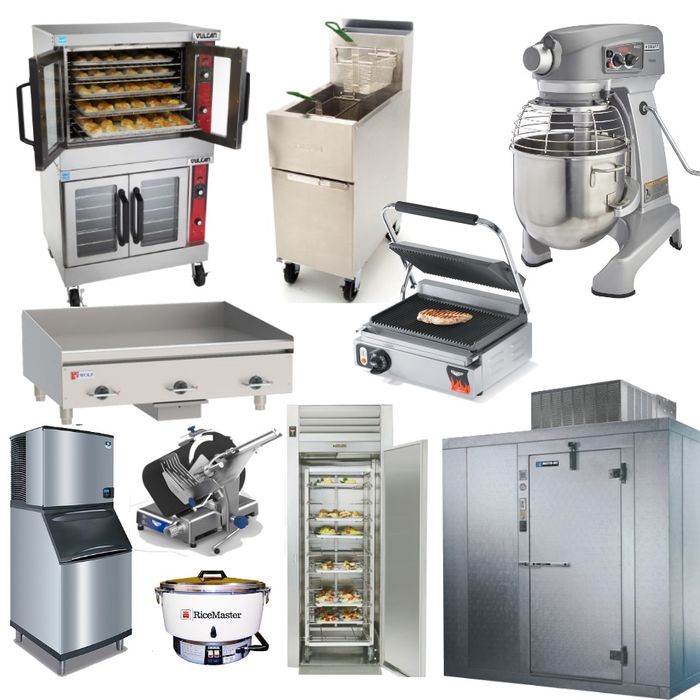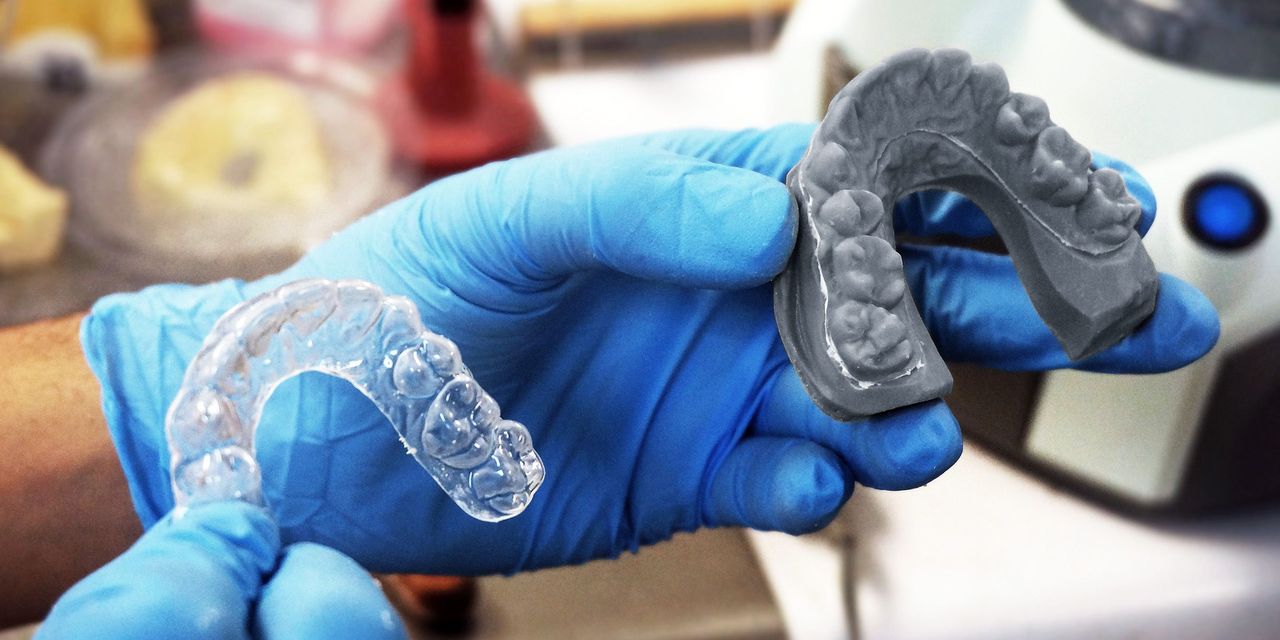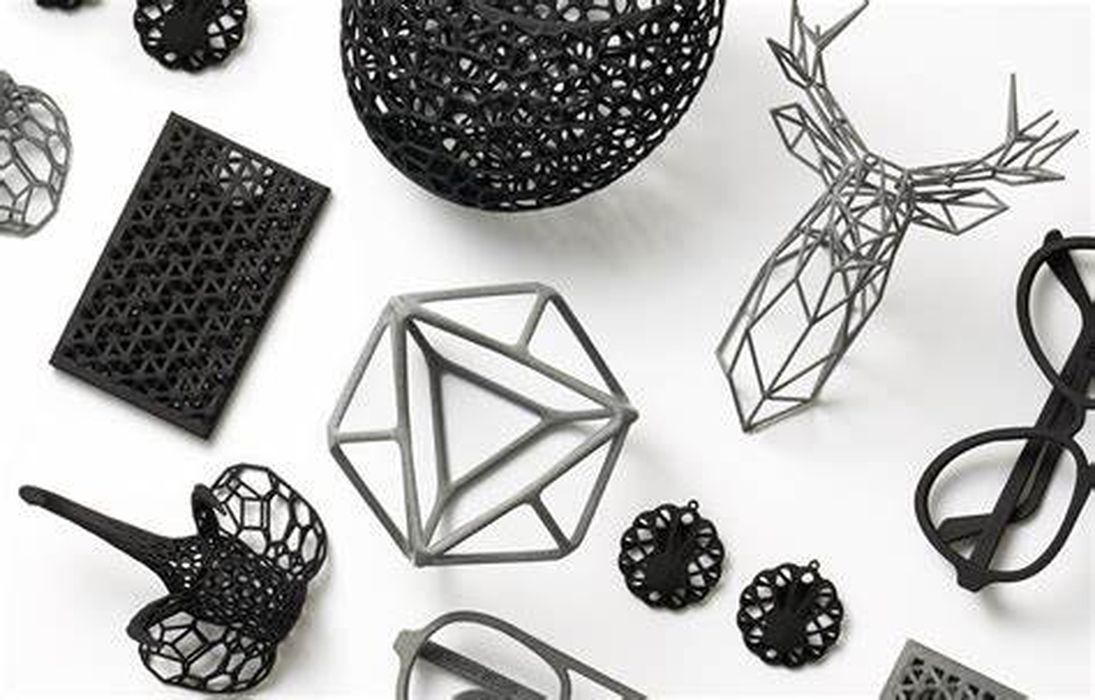
Charles R. Goulding and Preeti Sulibhavi analyze the recent surge in US business bankruptcies in 2024, revealing its significant ripple effects on industries like restaurants, dentistry, and 3D printing, and urging companies to stay vigilant in these unpredictable times.
In the first half of 2024, there was a marked increase in US business bankruptcies. Whenever there is a spike in bankruptcies astute businesspeople know it is time to be extra vigilant. The fact that your own business, which may be currently financially strong, is irrelevant since it is the unintended consequence of other bankruptcies that need monitoring.
Restaurant Chains
Numerous national restaurant chains have recently declared bankruptcy and other troubled chains are closing multiple locations. TGI Fridays, Bloomin Brands, Horton’s, and Denny’s closed underperforming locations. Red Lobster closed at least 100 locations and franchises then declared bankruptcy in 2024. Today’s restaurants are equipment intensive, and we have written multiple articles on 3D printing restaurant equipment components and relevant applications. There is a large restaurant equipment reconditioning industry that will purchase this equipment and refurbish it, often using 3D printed replacement components. Although the circular use of used equipment is laudable it will likely decrease the demand for new equipment.
Dental Clinics
Led by online supplier SmileDirectClub’s bankruptcy at the end of 2023, and many brick-and-mortar location closings, the dental industry has been struggling. SmileDirectClub at its peak was valued at almost US$9 billion. At the time of the filing, SmileDirect had almost US$900 million in debt. During its existence, the company served about two million customers.
The dental clinic industry is huge and has begun utilizing 3D printed dental aligners. Presumably, the surviving clinics will absorb the patient volumes, but the disruption will cause supply chains to restructure.

Financial Firm Bankruptcy
Synapse Financial Technologies, a startup deposit processor filed for bankruptcy and the trustee has indicated that there is a US$95 million dollar shortfall. Many of the customers who utilized this platform thought their startup deposits were federally insured. This failure directly impacts the Silicon Valley venture capital market. The previous Silicon Valley Bank (SVB) failure also disrupted the startup market until the assets were acquired by a stronger financial institution, First Citizens Bank.
Numerous Bicycle Manufacturer Bankruptcies
A surprising number of bicycle manufacturers are filing for bankruptcy. Starting in 2023 VanMoof the leading bike manufacturer went bankrupt. Van Moof has a highly regarded bike product and was purchased out of bankruptcy by McLaren Applied, which we covered in a prior Fabbaloo article.

Shapeways
Shapeways’ recent bankruptcy filing reverberated throughout the 3D printing industry. A high-profile industry bankruptcy in any industry has a chilling effect on investment funding in the sector until the real reasons for the bankruptcy filing are discovered. The Shapeways bankruptcy seems controversial, and time will tell what actually transpired there.
The Research & Development Tax Credit
The now permanent Research and Development (R&D) Tax Credit is available for companies developing new or improved products, processes and/or software.
3D printing can help boost a company’s R&D Tax Credits. Wages for technical employees creating, testing and revising 3D printed prototypes can be included as a percentage of eligible time spent for the R&D Tax Credit. Similarly, when used as a method of improving a process, time spent integrating 3D printing hardware and software counts as an eligible activity. Lastly, when used for modeling and preproduction, the costs of filaments consumed during the development process may also be recovered.
Whether it is used for creating and testing prototypes or for final production, 3D printing is a great indicator that R&D Credit-eligible activities are taking place. Companies implementing this technology at any point should consider taking advantage of R&D Tax Credits.
Conclusion
The 3D printing industry should keep a watchful eye on the current increase in bankruptcies and model scenarios for predictable consequences.
